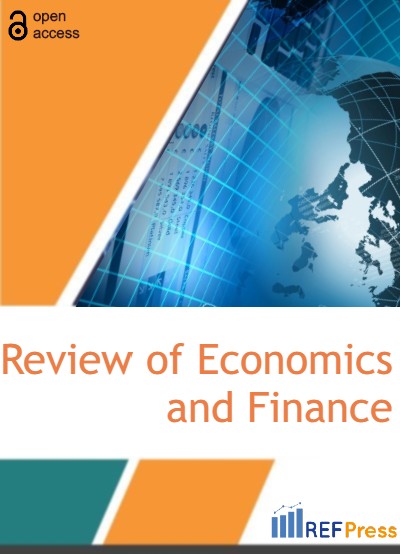
From Inflows to Outcomes: Illuminating the FDI-Macro Relationship in BRICS Economies
(Pages 1775-1783)Shripad Marathe1, Sanjeeta Parab2, Prachi Premanand Kolamker2 and Vishal Gaonkar2
1Swami Vivekanand Vidyaprasark Mandal's College of Commerce.
2Goa Business School, Goa University.
DOI: https://doi.org/10.55365/1923.x2023.21.193
Abstract:
This study empirically analyzes the long-term relationship between Foreign Direct Investment (FDI) and key macroeconomic variables in BRICS countries. Employing a robust ARDL co-integration methodology, the research examines the interplay between FDI and variables such as Gross Domestic Product (GDP), inflation, interest rates, exchange rates, foreign exchange reserves, and industrial production covering the period from March 31, 1999, to March 31, 2022.The findings reveal a significant and enduring equilibrium relationship between FDI and the studied macroeconomic variables. Notably, Brazil and India experience positive spill over effects, as higher FDI inflows correspond to increased exchange rates, GDP, inflation, and interest rates. However, in China and South Africa, although the relationship is positive, statistical significance is not observed. The BRICS economies are currently navigating various challenges on the international front. In light of these challenges, the study highlights the potential benefits of embracing more liberal policies towards Foreign Direct Investment (FDI) to foster growth and overall development in these countries.
Keywords:
BRICS, Macro-economic variables, FDI, ARDL, Cointegration, Error Correction Model (ECM).
JEL classification:
F15, O19, O24, P45.
How to Cite:
Shripad Marathe, Sanjeeta Parab, Prachi Premanand Kolamker and Vishal Gaonkar. From Inflows to Outcomes: Illuminating the FDI-Macro Relationship in BRICS Economies. [ref]: vol.21.2023. available at: https://refpress.org/ref-vol21-a193/
Licensee REF Press This is an open access article licensed under the terms of the Creative Commons Attribution Non-Commercial License (http://creativecommons.org/licenses/by-nc/3.0/) which permits unrestricted, non-commercial use, distribution and reproduction in any medium, provided the work is properly cited.
